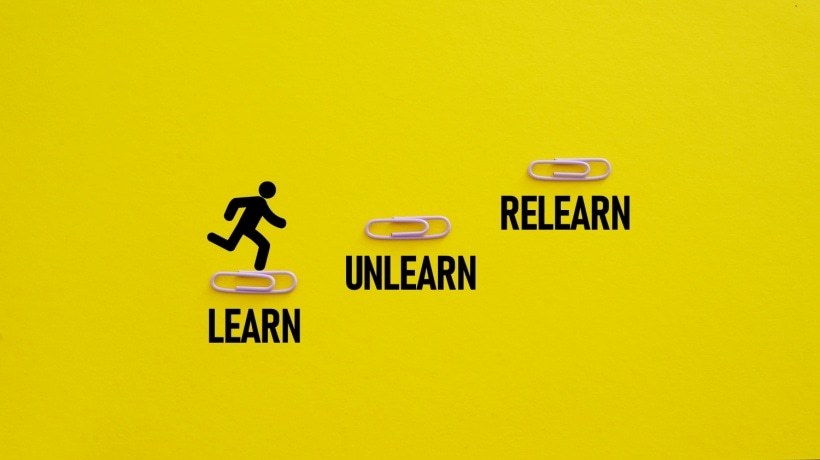
"Creating interesting learning content that attracts learners to complete your courses is only one part of achieving learning success. The other is accomplishing strong knowledge retention so that your audience doesn't forget most of what they have learned as soon as the course ends. Boosting retention and recall is essential for learners to feel that your learning content made an impact in their professional or academic journeys and, therefore, be motivated to take more of your courses."
"Spaced repetition involves revisiting information over time, ensuring that review sessions occur at increasingly longer intervals. In other words, instead of cramming all the information in one study session, learners are encouraged to revisit key concepts after a day, a week, a month, or a year. This method is effective because it prompts learners to revisit and re-establish what they learned just as they are about to forget it. This re-learning process is what enhances memory retention and makes information recall easier later on."
Combining spaced repetition and retrieval practice increases long-term retention and recall by scheduling repeated, effortful retrieval of learned material across expanding intervals. Spaced repetition spaces reviews at progressively longer intervals — for example after a day, a week, a month, or a year — to reinforce memory just as forgetting begins. Retrieval practice requires learners to actively recall information, strengthening memory retrieval pathways. eLearning implementations can combine these techniques through scheduled review quizzes, short microlearning refreshers, adaptive scheduling algorithms, and frequent low-stakes testing. The combined strategy reduces forgetting, improves recall ease, and raises perceived learning value, improving motivation and outcomes.
Read at eLearning Industry
Unable to calculate read time
Collection
[
|
...
]